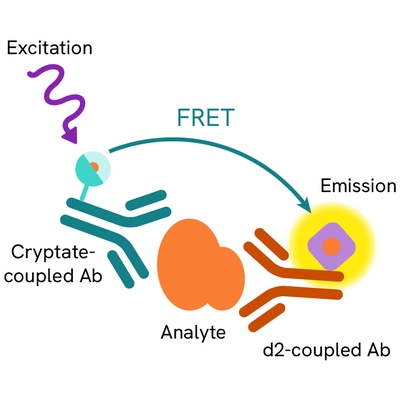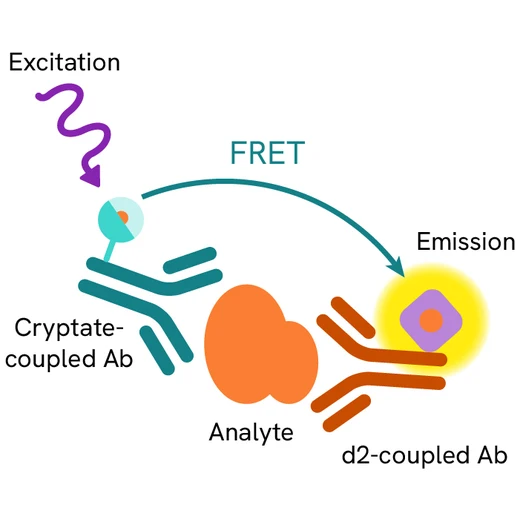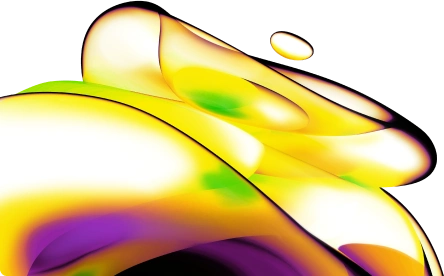

HTRF Human Amyloid-β 1-40 Detection Kit, 500 Assay Points








| Feature | Specification |
|---|---|
| Application | Protein Quantification |
| Sample Volume | 5 µL |









Product information
Overview
Amyloid ß1-40 and ß1-42 peptides are involved in the appearance of Alzheimer's disease symptoms. The production of these two amyloid peptides is regulated by the activity of 2 enzymes, ß and γ secretase, which cleave the amyloid precursor protein. This kit is intended to measure amyloid ß1-40 peptides in cell supernatant or in whole cells. This assay is a fast alternative to ELISA, thanks to the ease-of-use of our Add and Read method.
How it works
Assay principle
The HTRF Amyloid ß1-40 assay is a sandwich immunoassay using two monoclonal antibodies that recognize different epitopes within the ß1-40 peptide. One antibody is labelled with Eu3+-Cryptate and the other with XL-665. The assay can be used with whole cells or cell supernatant.

Assay protocol
The Amyloid ß1-40 assay features a streamlined protocol with only two incubation steps:
- Cell stimulation by target compounds
- Amyloid ß1-40 detection using HTRF reagents
The antibodies labelled with HTRF donor and acceptor may be pre-mixed and added in a single dispensing step to further speed up the assay procedure. This protocol requires a single 24-hour incubation at 4°C following cell stimulation.

Assay details
Key features
| Detection limit: | 13.64 pg/mL |
|---|---|
| Dynamic range: | 25 to 1600 pg/mL |
| Sample compatibility: | Cell-based or cell supernatants |
| Specificity: | No cross-reaction with Amyloid ß 1-42 and ß 1-43 |

Specifications
| Application |
Protein Quantification
|
|---|---|
| Brand |
HTRF
|
| Detection Modality |
HTRF
|
| Product Group |
Kit
|
| Sample Volume |
5 µL
|
| Shipping Conditions |
Shipped Ambient
|
| Target Class |
Biomarkers
|
| Target Species |
Human
|
| Technology |
TR-FRET
|
| Therapeutic Area |
Neuroscience
|
| Unit Size |
500 assay points
|
Video gallery
Citations
Resources
Are you looking for resources, click on the resource type to explore further.
Discover the versatility and precision of Homogeneous Time-Resolved Fluorescence (HTRF) technology. Our HTRF portfolio offers a...
This guide provides you an overview of HTRF applications in several therapeutic areas.
Targeted protein degradation (TPD) offers a promising approach for treating neurodegenerative diseases by selectively degrading...


Loading...
How can we help you?
We are here to answer your questions.






























